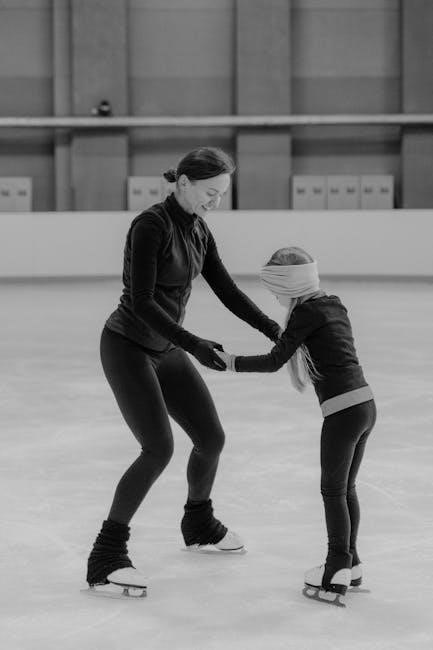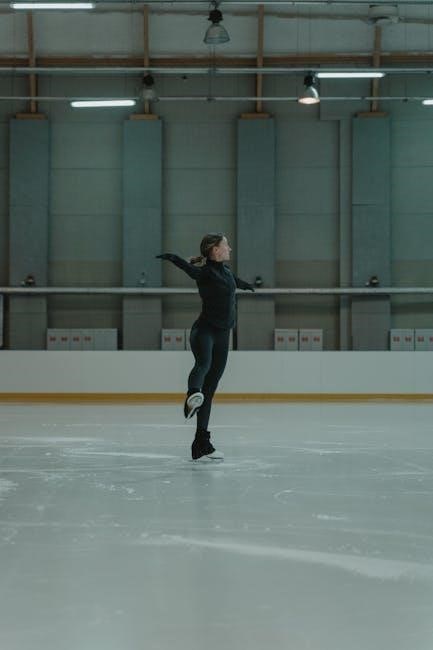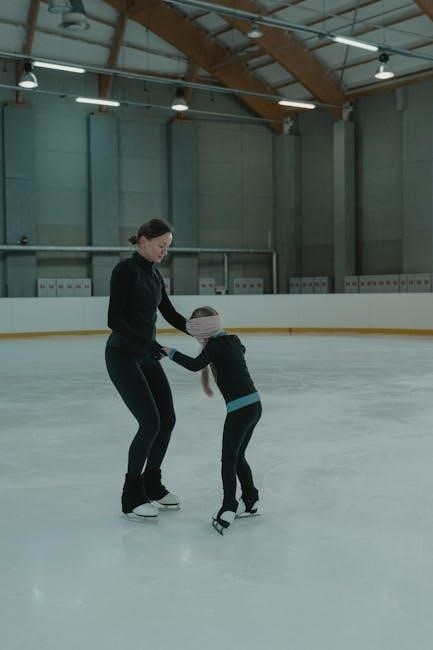pes anserine bursitis exercises pdf
Pes anserine bursitis is a common knee condition, information about it and exercises are available on the internet, including downloadable pdf guides and online resources, for learning and treatment purposes only.
Definition and Causes
Pes anserine bursitis is a condition that affects the knee, specifically the pes anserine region, which is located on the lower inside part of the knee. This condition occurs when the bursae, small fluid-filled sacs that cushion the joints, become inflamed. The bursae act as a cushion between the bones and soft tissues, reducing friction and allowing for smooth movement. Pes anserine bursitis is often caused by repetitive friction or stress on the knee, which can be due to various factors such as overuse, poor training techniques, or biomechanical issues. Additionally, conditions like osteoarthritis, tendonitis, or ligament sprains can also contribute to the development of pes anserine bursitis. Understanding the definition and causes of this condition is essential for developing effective treatment and prevention strategies, including exercises and physical therapy. The internet provides a wealth of information on this topic, including downloadable pdf guides and online resources. These resources can help individuals learn more about pes anserine bursitis and how to manage its symptoms. By educating themselves, individuals can take the first step towards recovering from this condition and preventing future occurrences;

Home Therapy Exercises
Home therapy exercises are available online, including pdf guides, to help manage pes anserine bursitis symptoms and improve knee health naturally.
Initial Stretching Exercises
Initial stretching exercises are crucial in managing pes anserine bursitis, and can be done at home with minimal equipment.
These exercises typically include hamstring stretches, which can be performed on a wall or on the floor.
The hamstring stretch on a wall involves lying on the back with the legs straight out in front, and then raising the affected leg towards the ceiling.
This stretch helps to loosen the hamstrings and reduce tension on the knee.
Other initial stretching exercises may include hip flexor stretches and quadriceps stretches, which can help to improve flexibility and reduce pain.
It is essential to start with gentle stretches and gradually increase the intensity and duration as the condition improves.
A healthcare professional or physical therapist can provide guidance on the best stretching exercises for pes anserine bursitis and help develop a personalized exercise program.
Regular stretching can help to reduce symptoms and improve overall knee health.
Exercises can be found in online resources, including downloadable pdf guides.
Proper technique is essential to avoid further injury.
A consistent exercise routine can help to manage pes anserine bursitis and improve quality of life.

Strengthening Exercises
Strengthening exercises help improve knee stability, using resistance bands and weights, available in pes anserine bursitis exercises pdf guides online, for treatment and management purposes only always.
Strengthening Your Leg
Strengthening your leg is an essential part of recovering from pes anserine bursitis, and can be achieved through a variety of exercises, including hamstring isometrics and straight leg raises, which help to improve knee stability and strength.
These exercises can be done with or without weights, and can be modified to suit different fitness levels, making them accessible to everyone.
It is recommended to start with gentle exercises and gradually increase the intensity and frequency as the leg becomes stronger, and it is also important to listen to your body and rest when needed to avoid further injury.
A physical therapist or healthcare professional can provide guidance on the best exercises for your specific condition, and help you to develop a personalized exercise plan, which can be found in pes anserine bursitis exercises pdf guides online.
By strengthening your leg, you can reduce your risk of further injury and improve your overall mobility and function, and get back to your normal activities.
Exercises should be done regularly to see improvement, and it is also important to combine them with other treatments, such as rest and ice, for optimal results.

Prevention and Treatment
Treatment options include rest, ice, and medication, to reduce pain and inflammation, and prevent further injury, with information available online, in pdf guides and from healthcare professionals, for treatment purposes only.
Rest, Ice, and Medication
Rest, ice, and medication are common treatments for pes anserine bursitis, helping to reduce pain and inflammation.
Resting the affected knee and avoiding activities that aggravate the condition can help alleviate symptoms.
Applying ice to the affected area can also help reduce pain and inflammation, and should be done for 15-20 minutes, several times a day.
Medication, such as anti-inflammatory pain relievers, can also be used to reduce pain and inflammation, and should be taken as directed by a healthcare professional.
It is essential to follow the advice of a healthcare professional when treating pes anserine bursitis, as they can provide personalized treatment recommendations and help prevent further injury.
Additionally, downloading a pdf guide on pes anserine bursitis exercises can provide more information on treatment options and exercises to help alleviate symptoms.
By following these treatment options and exercises, individuals can help manage their symptoms and prevent further injury, and improve their overall knee health.

Downloadable PDF Guide
A downloadable pdf guide provides exercises and information for treating pes anserine bursitis, available online for easy access and reference purposes only always.
Exercises for Pes Anserine Bursitis
Exercises for pes anserine bursitis are designed to alleviate pain and improve mobility. A downloadable pdf guide can provide detailed instructions and illustrations of these exercises. The guide may include stretching exercises, such as hamstring stretches, to help reduce tension in the affected area. Strengthening exercises, like leg lifts and straight leg raises, can also be included to improve muscle strength and stability. Additionally, the guide may offer tips on proper posture, body mechanics, and movement techniques to reduce strain on the knee. By following the exercises outlined in the guide, individuals can take an active role in managing their condition and promoting recovery. The exercises can be modified to suit individual needs and fitness levels, making them accessible to a wide range of people. Overall, a downloadable pdf guide can be a valuable resource for individuals seeking to manage pes anserine bursitis through exercise and lifestyle changes. Regular exercise can help improve symptoms and reduce the risk of future flare-ups.
